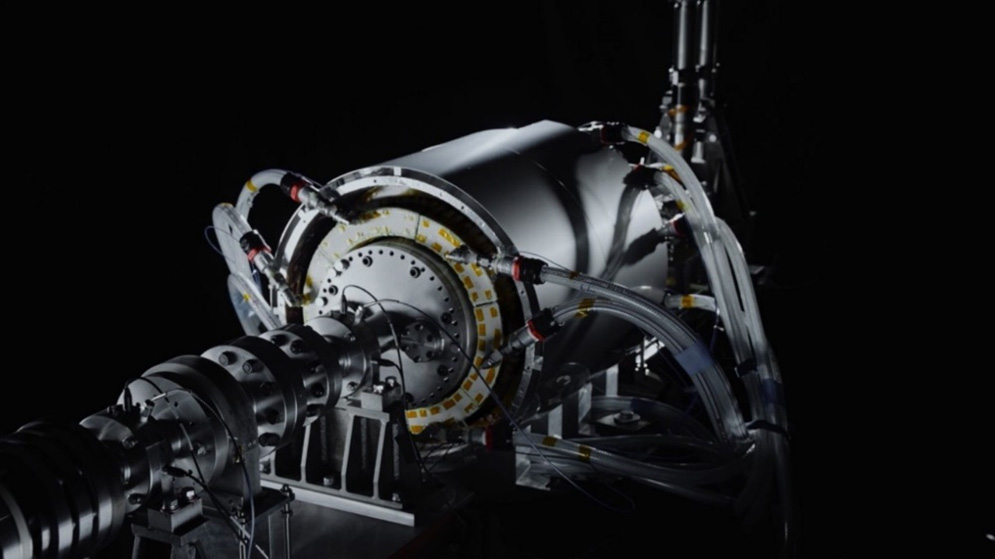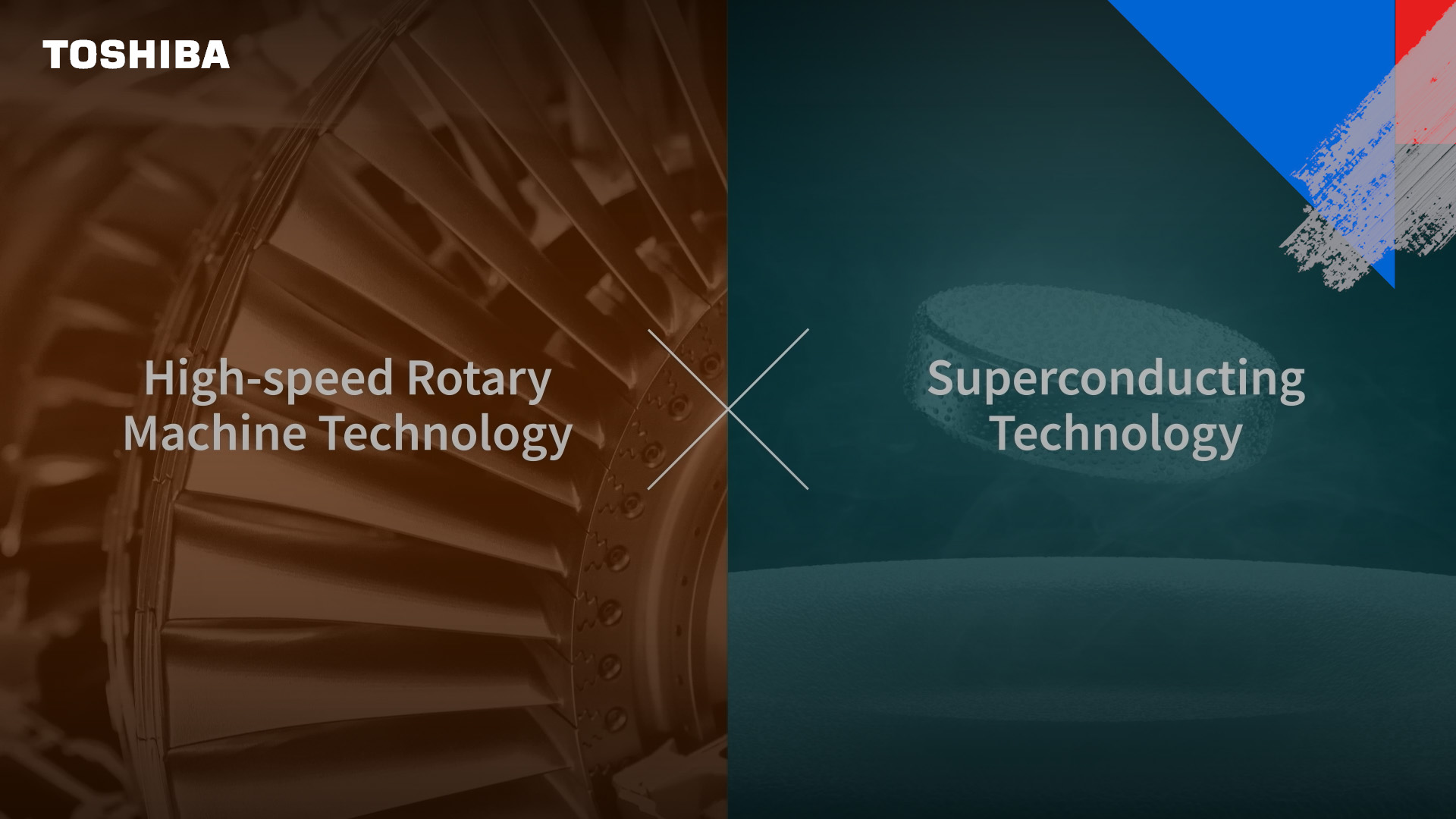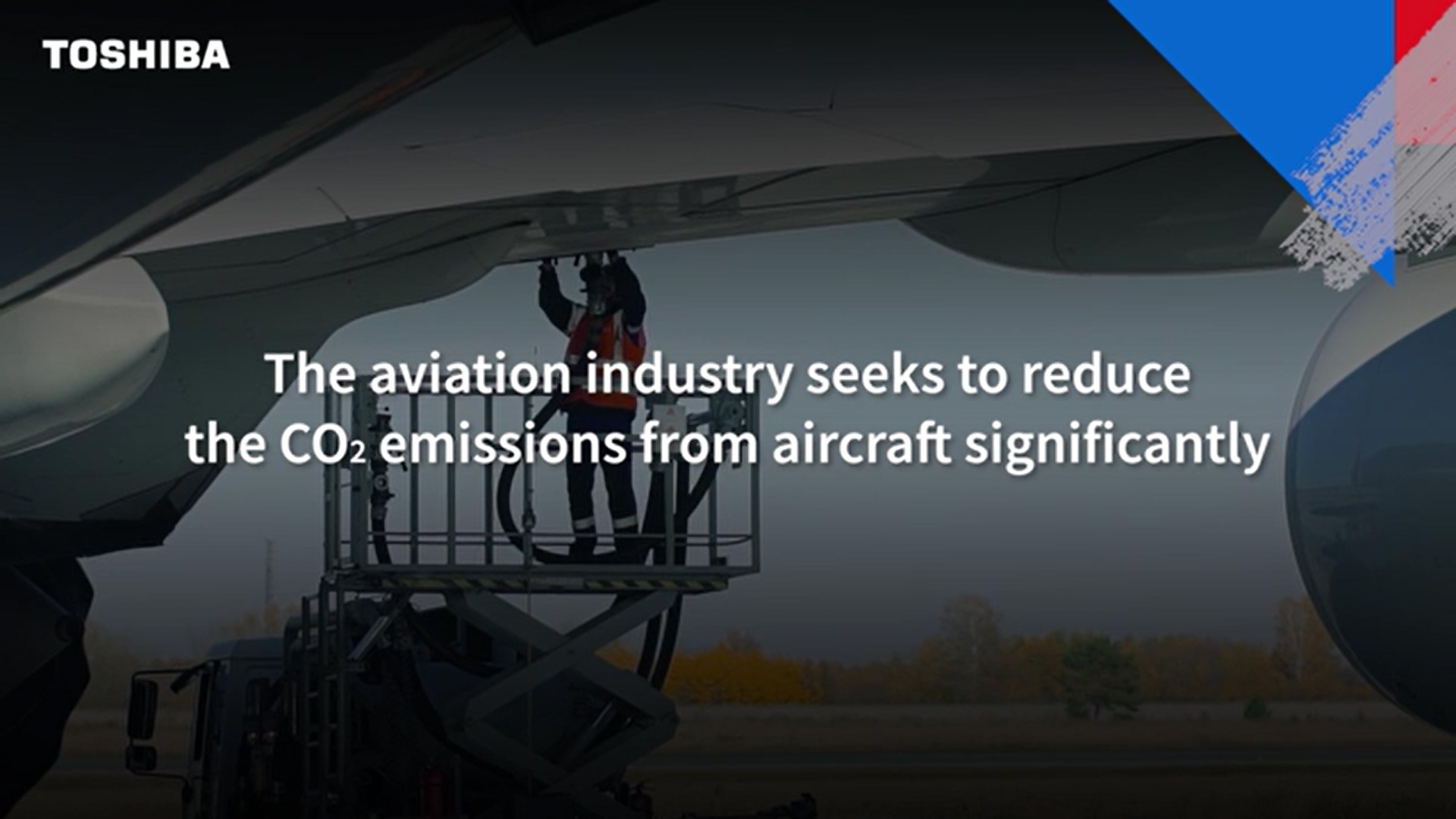
Toshiba develops a lightweight, compact, high-power superconducting motor prototype for mobility applications – contributes to carbon neutrality in industries and transportation
SINGAPORE, March. 8, 2023 /PRNewswire/ -- The International Civil Aviation Organization, which defines how commercial aircraft should be operated, set a new target in October 2022 to reduce CO₂ emissions from international aviation by 15% from 2024 onward compared to 2019, and to virtually zero by 2050. Consequently, conventional fossil fuel gas will gradually be replaced by sustainable aviation fuel (SAF).
However, to achieve total carbon neutrality, it is necessary to explore carbon-free SAF and aviation systems as a whole; thus, the industry needs to develop lightweight and high-powered motors for propulsion systems.
Toshiba announced in June last year on developing a prototype for a compact, high-speed superconducting motor with a maximum output of 2 MW, bringing together its manufacturing technology for high-speed rotating machines and superconductivity technology. The newly developed superconducting motor weighs only a few hundred kilograms, has an outer diameter of about 50 cm, and an overall length of about 70 cm (excluding the shaft), which is "less than one-tenth" of a motor with the same level of power output. This World-First invention is attracting attention both in Japan and abroad, from the aircraft industry and automobile, railroad, and other mobility companies, engine manufacturers, and universities.
Gallery
 Gallery Image
Gallery Image
Prototype of Toshiba Superconducting Motor
Prototype of Toshiba Superconducting Motor
 Gallery Image
Gallery Image
Toshiba combines technologies to achieve a greater good
Toshiba combines technologies to achieve a greater good
The mobility industry is transforming, with electric vehicles replacing gasoline-powered cars; the aviation industry will also expect to replace jet engines powered by fossil fuels with electric motors. The next generation of electric aircraft will aim to achieve carbon neutrality. However, the current situation could be more challenging to achieve this goal.
Toshiba's superconducting motor solves this challenge by combining years of experience and advanced technologies. Toshiba has been manufacturing turbine generators for years and possesses many technologies for manufacturing high-speed rotating machines. Toshiba also develops superconductivity technology. By combining these two technologies, this superconducting motor can realize lightweight, high-output density, and high-speed rotation requirements and can be made available for large mobility applications. It will significantly contribute to the electrification of aircraft and the mobility sector.
With rich manufacturing experience, innovative technology, and a deep commitment to a greener, better world, Toshiba is working towards achieving carbon neutrality in industries and transportation.

